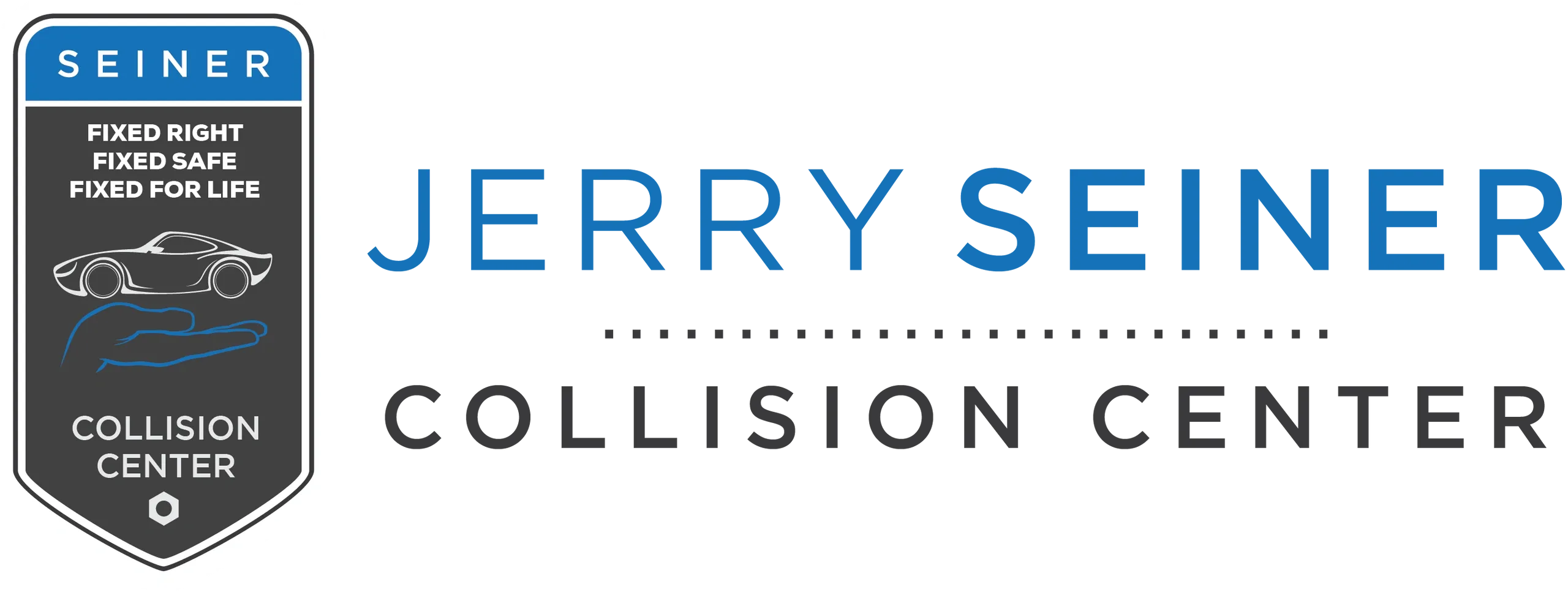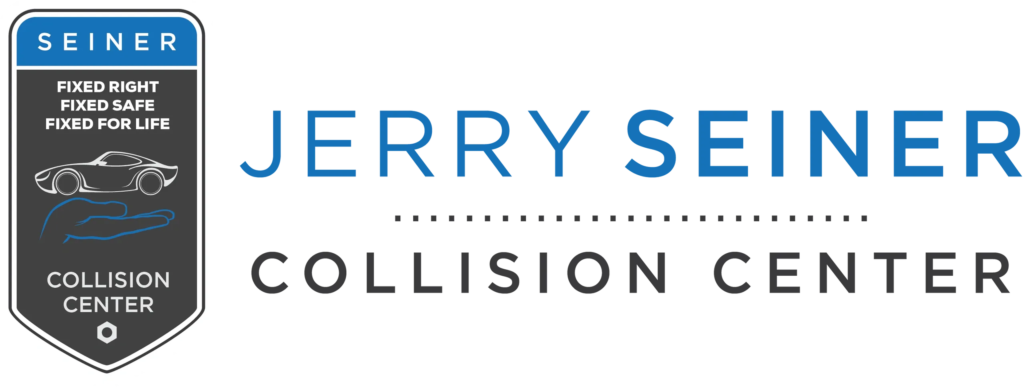Automotive replacement parts that were not made by the original equipment manufacturer. Also known as Quality Replacement Parts, Generic Parts, or C.A.P.A. Certified Parts.
A paint system in which the color effect is given by a highly pigmented basecoat. Gloss and durability are given by a subsequent clear coat.
A heavy metal platform used to restore a vehicle’s structural geometry to factory specifications. This is done by securing a portion of the vehicle to the platform, then pulling appropriate areas of the vehicle into place using special clamps, chains and hydraulic winches. Alternate Term(s): Frame Rack, Frame Machine.
Term used to describe an item replaced due to an accident that has some wear. The practice is often applied to tires and batteries that are several years old. If a battery has used up 3/4 of its life, the Insurance company will pro-rate the item’s cost and in this case will pay 1/4 of the cost to replace the battery and will ask the insured or claimant to pay the remaining 3/4. The premise being that the Insurance Company is only obligated to return the vehicle to its pre-accident condition.
Essentially a pigment-free paint, the clear coat imparts gloss and protection to a basecoat clear coat system.
Final cleaning both inside and outside of vehicle, application of pinstripes, removal of overspray from under hood, trunk lids etc. as well as polishing.
Acronym for Direct Repair Program. These programs often involve a contractual agreement between an Auto Body Repair Center and an Insurance Company. For the most part, the agreements set the rules of repair and standardized procedures such as warranties, billing practices and record keeping.
Any unusable byproduct derived from the repair and/or painting process that cannot be disposed of through normal waste disposal streams. These products can be potentially harmful to the environment and require special handling as well as professional disposal. Federal, State and Local laws apply and may differ in their scope.
Acronym for Like Kind and Quality. Refers to a used part salvaged from another vehicle. It is inspected by the seller and re-inspected by the shop upon receipt and accepted if it is deemed appropriate.
A term used for finishes incorporating fine metallic particles, usually aluminum, in the paint.
Acronym for Remove and Install. Refers to a part removed from the customer’s damaged vehicle to be saved and reinstalled after the repair has been completed.
Acronym for Remove and Replace. Refers to a part removed from the customer’s damaged vehicle that cannot be acceptably repaired. It is replaced with a new part.
The point at which a consumer authorizes the repair to their vehicle (and in some cases contingent upon the Insurance Company settlement process).
Additional repairs needed to complete the repair that were not identified on the original estimate.
The process of mixing toners to match the existing paint finish, then blending or overlapping the color into the adjacent panel to avoid color match problems.
The structural support found in most late model vehicles.
Acronym for Vehicle Identification Number. This is a unique number that identifies your vehicle. Although its primary purpose is to identify your vehicle, it often contains important information concerning the equipment and options that were installed on your vehicle at the factory. This information allows the Repair Center to order the correct parts for your vehicle. Any professional estimate or Repair Order will have this number on it.
We use only approved parts as specified by your insurance company. Below are descriptions of the types of parts used in collision repair:
These parts come from the Original Equipment Manufacturer (‘OEM’) for your vehicle: either the manufacturer of your vehicle or the source formerly or currently used by your manufacturer for parts for your vehicle. They have never been on another vehicle.
These are OEM parts that have been removed from another vehicle of your make and model (or a substitutable make and model). They are from the same source as the damaged parts that will be replaced, but have been used on another vehicle.
These are OEM parts that have been removed from another vehicle of your make and model (or a substitutable make and model), and have then been returned to ‘as new’ condition. They are from the same source as the damaged parts that will be replaced, but have been used on another vehicle, and then reconditioned or rebuilt.
These parts have been manufactured to replace OEM parts by companies other than the OEM.

